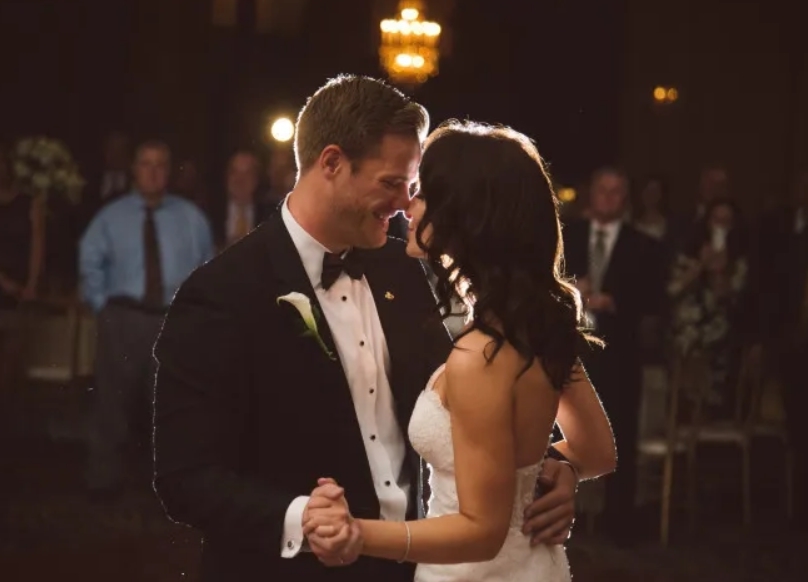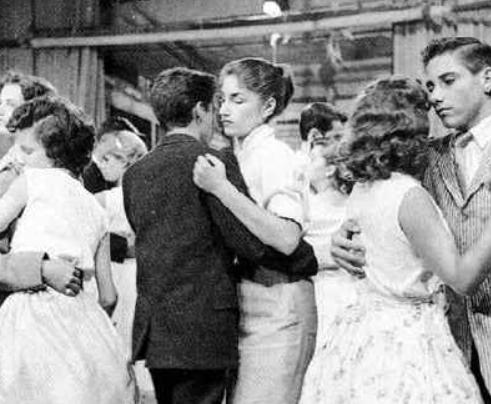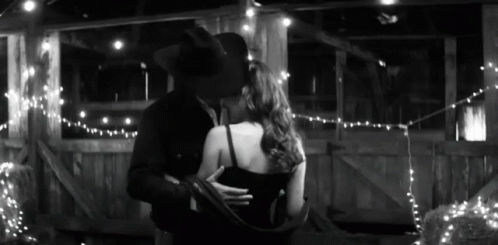Slow dance is a kind of dance for couples. As the name indicates, the pair will move slowly to the music, usually swaying while maintaining a close distance. Sentimental and heartfelt ballads are the most common choices for slow dancing.
This type of dance is more about the rhythm than the style, hence it is widely used, especially in ballroom scenes. You will easily find various dance styles associated with slow dancing, such as slow waltz, slow foxtrot, and more.
Origin of Slow Dance
Slow dance is what the name indicates. It is a slow version of any dance style you want to perform, hence it exists in parallel with all other couple dances.
The creation of the slow dance was born from the need for something different and more relaxed from ballroom dances. Instead of focusing on the techniques and the beats, slow dancing gives the couples some room and privacy to enjoy the atmosphere and vibe of the night.
Slow dance music includes emotional ballads rather than using the same original music of the genre. The rhythm is never quick-paced, which is the only requirement for the beat, hence the choices of music are broad and almost limitless.
Check more: Square Dance: Origin, Moves, Attire, Music & More
Characteristics of Slow Dance
Slow dancing is typically relaxed and intimate, hence it is usually done with the lead’s hands on the follower’s hips, waist, and even buttocks if they are close enough.
The follower throws their arms over the lead’s shoulders or puts their hands on the lead’s nape or upper back.
The signature of slow dancing is the couple swaying their hips to the according beats. Therefore, how you move your feet is not the focus of the performance, though a few turns to spice things up might be very interesting.
Couples dancing to a Slow can have a conversation since the movements are extremely relaxed. If the dancers are intimate enough, they can also hug while swaying.
How Slow Dance Evolved
Over time, slow dancing has claimed a stable position in performing arts as well. It shows in the way the gentleman approaches the lady gracefully and leads her to the dance floor with perhaps a little swirl to begin.
The distance between the dancers is also improved with some rules. For example, on a formal occasion, the partners should have a close, not zero distance. They should link one hand and let the other rest on each other’s upper arm or shoulder.
Veteran dancers always tried to give their performances more diversity with turns. They have signals for their partner to know, so the dance can remain smooth, comfortable, and safe.
Conclusion
Slow dance is one of the best ways for you to enjoy peaceful moments with your special people due to the slow tempo and gentle movements. You can do slow dancing in both formal and casual styles, and they are only a little bit different from each other in terms of outfits and certain etiquette.
Are you ready to put your dancing shoes to good use and have an unforgettable time?


